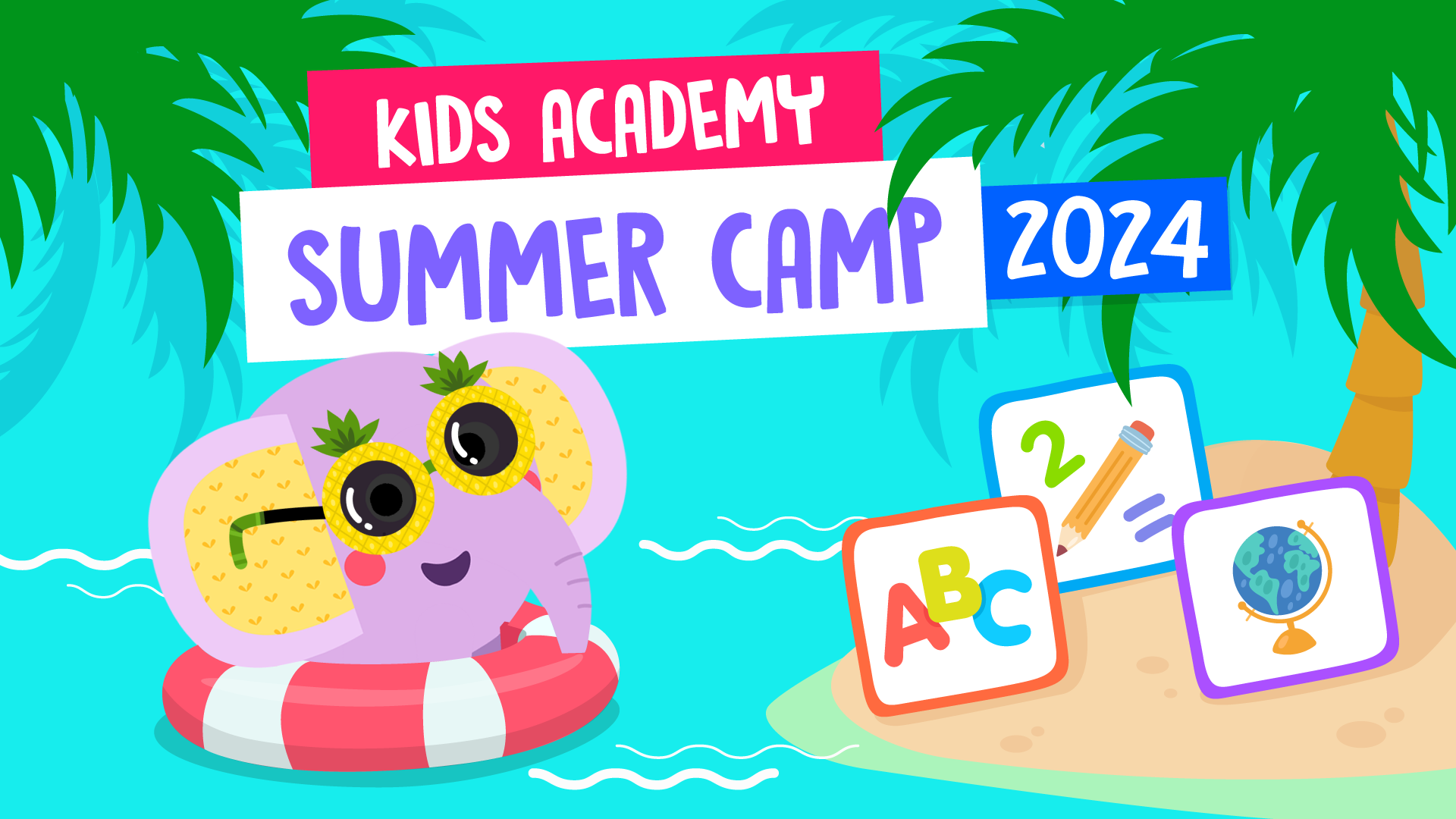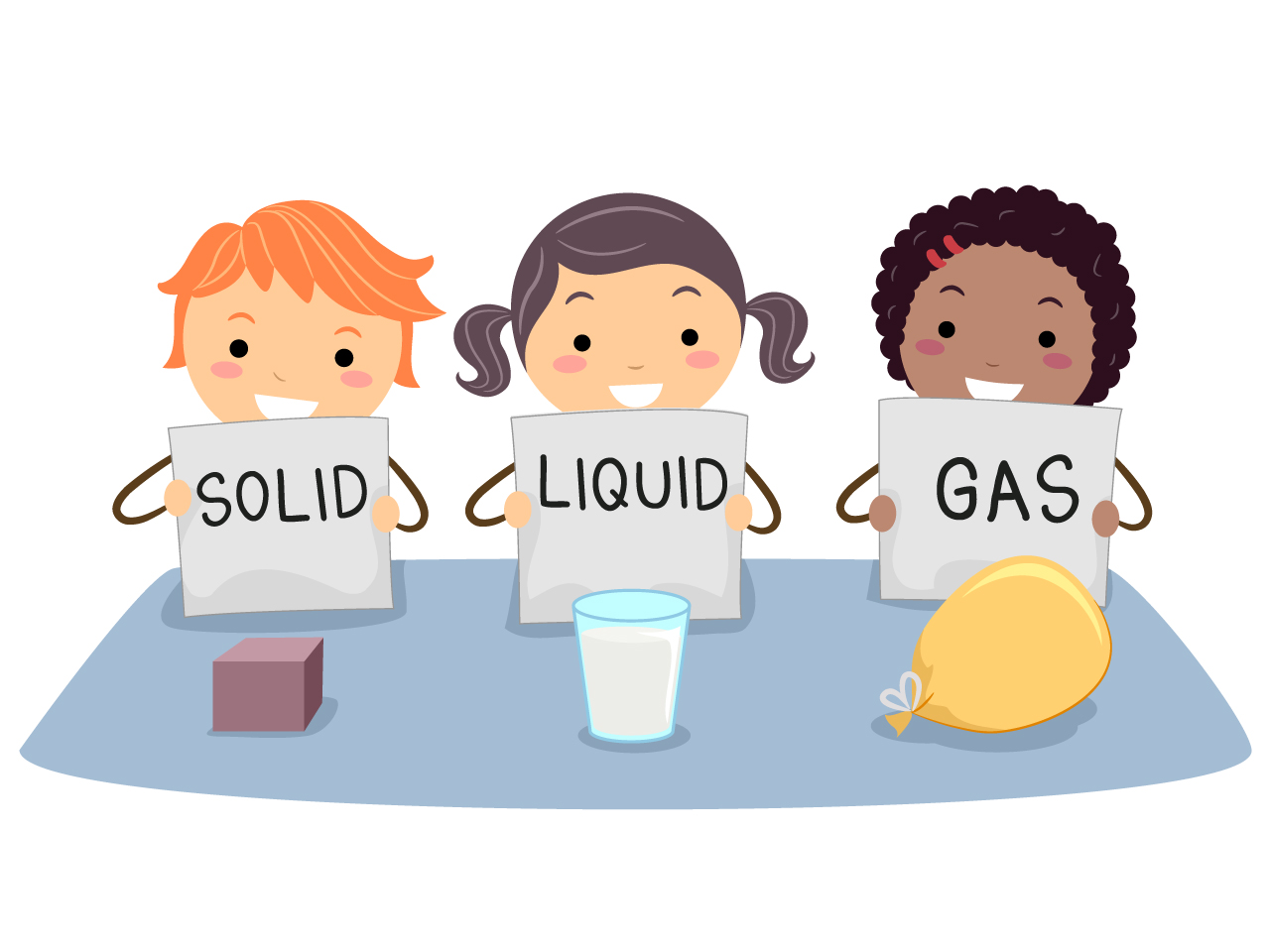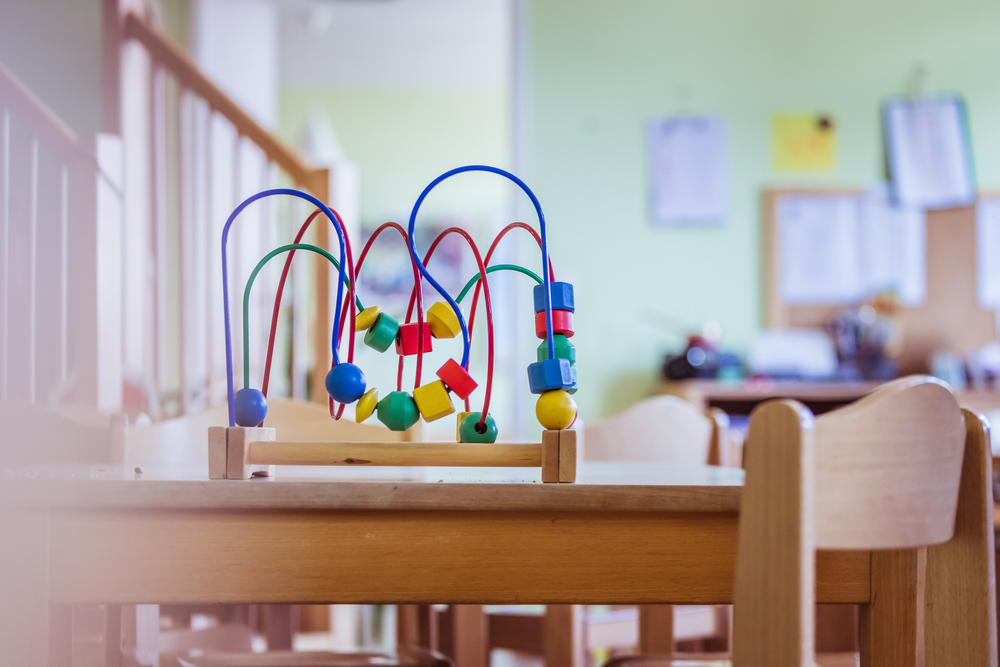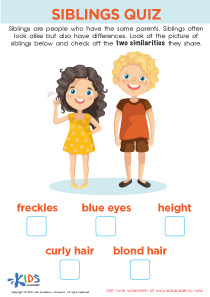Categorizing objects Physical Science Worksheets for Ages 5-8
3 filtered results
-
From - To
Explore our engaging "Categorizing Objects Physical Science Worksheets" designed for children ages 5-8! These informative worksheets provide young learners with a fun, interactive way to discover and understand the world around them. By sorting and classifying various objects based on their characteristics, kids will develop essential skills in observation, critical thinking, and reasoning. Ideal for classroom activities or at-home practice, our worksheets support early science education and foster curiosity. With vibrant illustrations and user-friendly designs, these resources make learning about physical science enjoyable for young minds. Start your child's scientific journey today with our hands-on categorization activities!
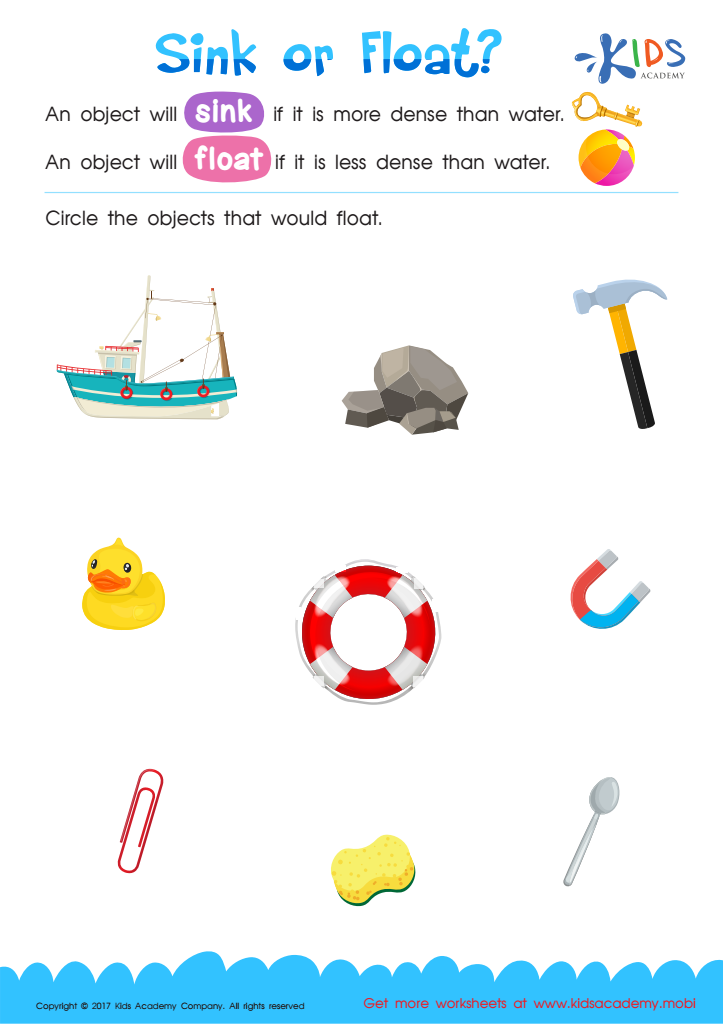

Sink or Float Printable
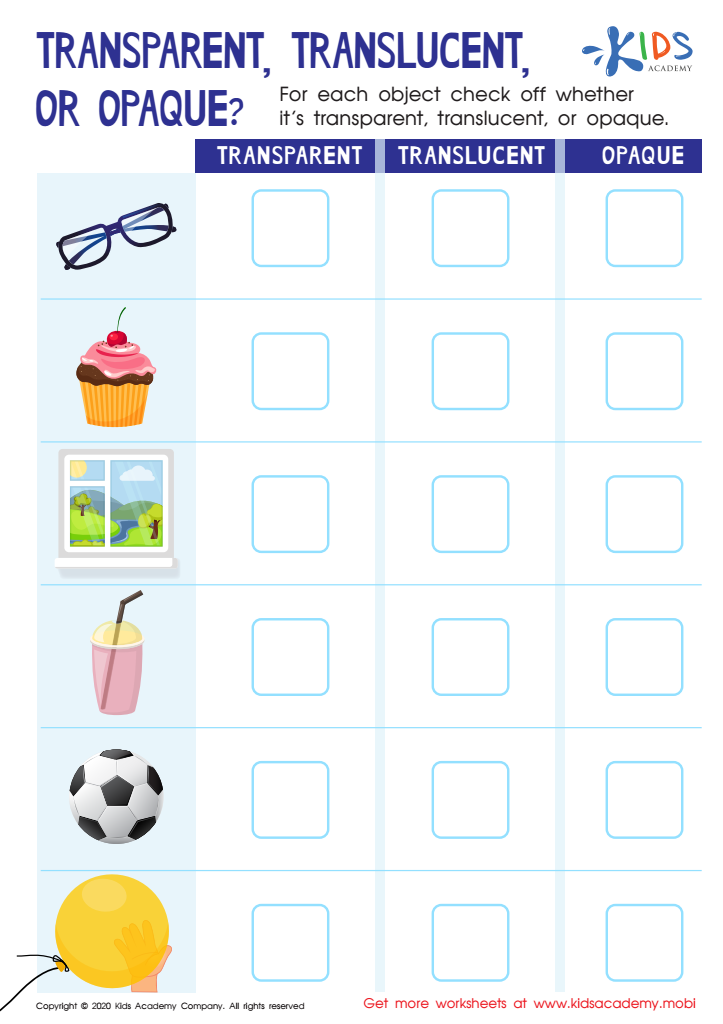

Transparent, Translucent, or Opaque Worksheet
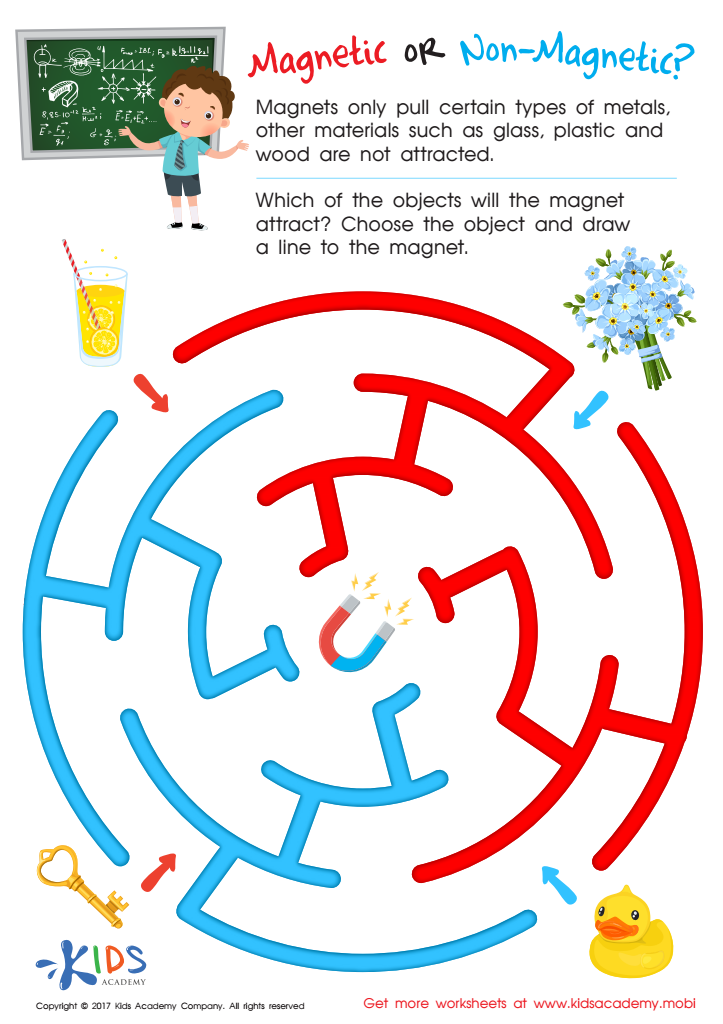

Magnetic or Non–Magnetic Worksheet
Parents and teachers should care about categorizing objects in physical science for children aged 5-8 because it lays a fundamental foundation for scientific literacy and critical thinking. At this early age, children are naturally curious and explore the world around them. By introducing categorization, they learn to observe, compare, and analyze objects, developing essential skills like classification based on attributes such as size, shape, color, or material.
Categorization fosters cognitive development; it encourages children to recognize patterns and relationships among objects, bolstering their ability to organize information. This foundational skill is crucial not only in science but also in developing mathematical concepts as children begin to understand sorting and grouping.
Furthermore, engaging children in categorization activities stimulates their inquiry skills. It encourages them to ask questions such as "What makes these objects alike?" or "How can we group these differently?" These inquiries promote deeper understanding and stimulate a love for science.
Lastly, activities grounded in categorization empower children to feel confident in their ability to investigate the world, fostering enthusiasm and a lifelong engagement with learning and discovery. Thus, embracing categorizing objects cultivates not just scientific skills, but holistic development in young learners.
 Assign to My Students
Assign to My Students




